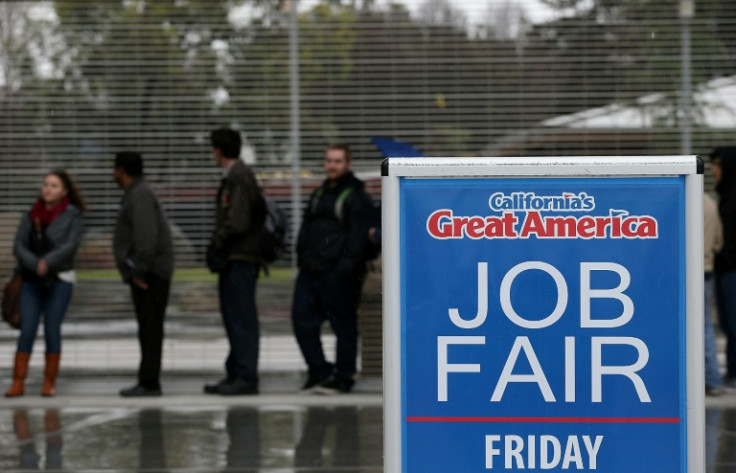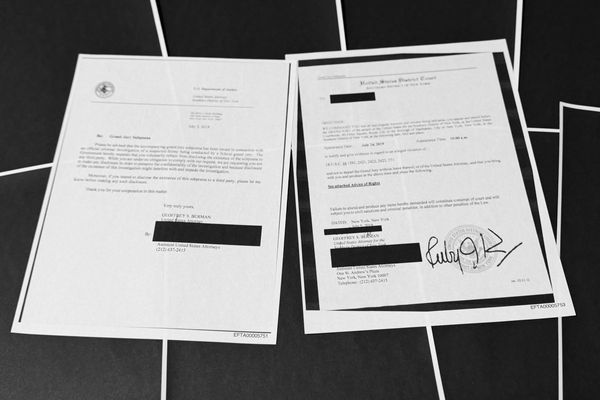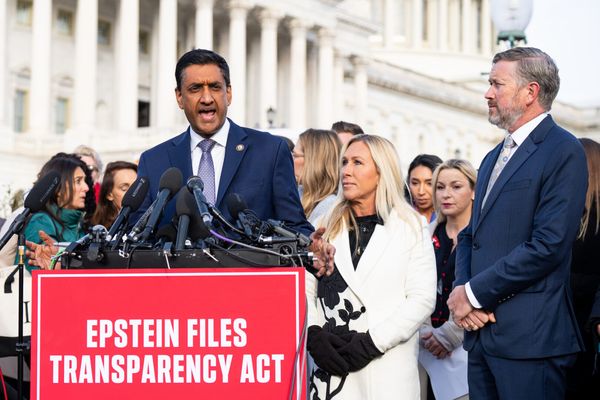
The Federal Reserve's decision this week to lower its benchmark interest rate marks what many see as a bold pivot—one that could reshape the economic narrative heading into 2026. After holding rates at their highest level in over two decades, the Fed trimmed the federal funds rate by 25 basis points, signaling what Chair Jerome Powell described as a "shift toward supporting continued labor market strength" during his post-meeting press conference.
According to the U.S. Bureau of Labor Statistics, the unemployment rate has inched up to 4.2% from a low of 3.4% last year, while monthly job gains have slowed to an average of 116,000 over the past three months, down from 251,000 in the same period of 2023. This cooling job market, reported by Bloomberg as "the clearest sign yet that the Fed's restrictive stance is biting," appears to have tipped the scales for policymakers wary of letting the slowdown spiral into a full-blown recession.
Financial markets responded swiftly. The S&P 500 climbed 1.7% on the day of the announcement, while the yield on the 10-year Treasury note fell below 3.9% for the first time since March, as reported by The Wall Street Journal. Investors, long skeptical that the Fed would actually follow through on cuts, now appear convinced that this is the start of a gradual easing cycle.
Still, not everyone is applauding. Former Treasury Secretary Larry Summers warned on X that the Fed "may be underestimating lingering inflation risks," noting that core consumer prices are still running at 3.2% year-over-year according to the latest CPI report. The Fed's own preferred gauge—the personal consumption expenditures (PCE) index—shows inflation at 2.7%, still above the central bank's 2% target.
Yet for millions of American workers, the calculus is different. Wage growth has slowed to 3.8% year-over-year from 5.7% at its 2022 peak, according to BLS data. With job openings declining and hiring freezes spreading, the Fed appears to be betting that lower rates can help revive business investment and stem further job losses without reigniting price pressures.
Whether that bet pays off remains to be seen. If the labor market stabilizes while inflation keeps trending down, this cut could be remembered as a deft pivot that extended the economic expansion. But if price pressures flare back up, the Fed may find itself forced to reverse course quickly—risking both credibility and growth.
For now, as reported by Reuters, futures markets are pricing in at least two more cuts by mid-2026. That optimism underscores just how much faith investors are placing in the Fed's balancing act. The real test will be whether the job market rewards that faith—or punishes it.







